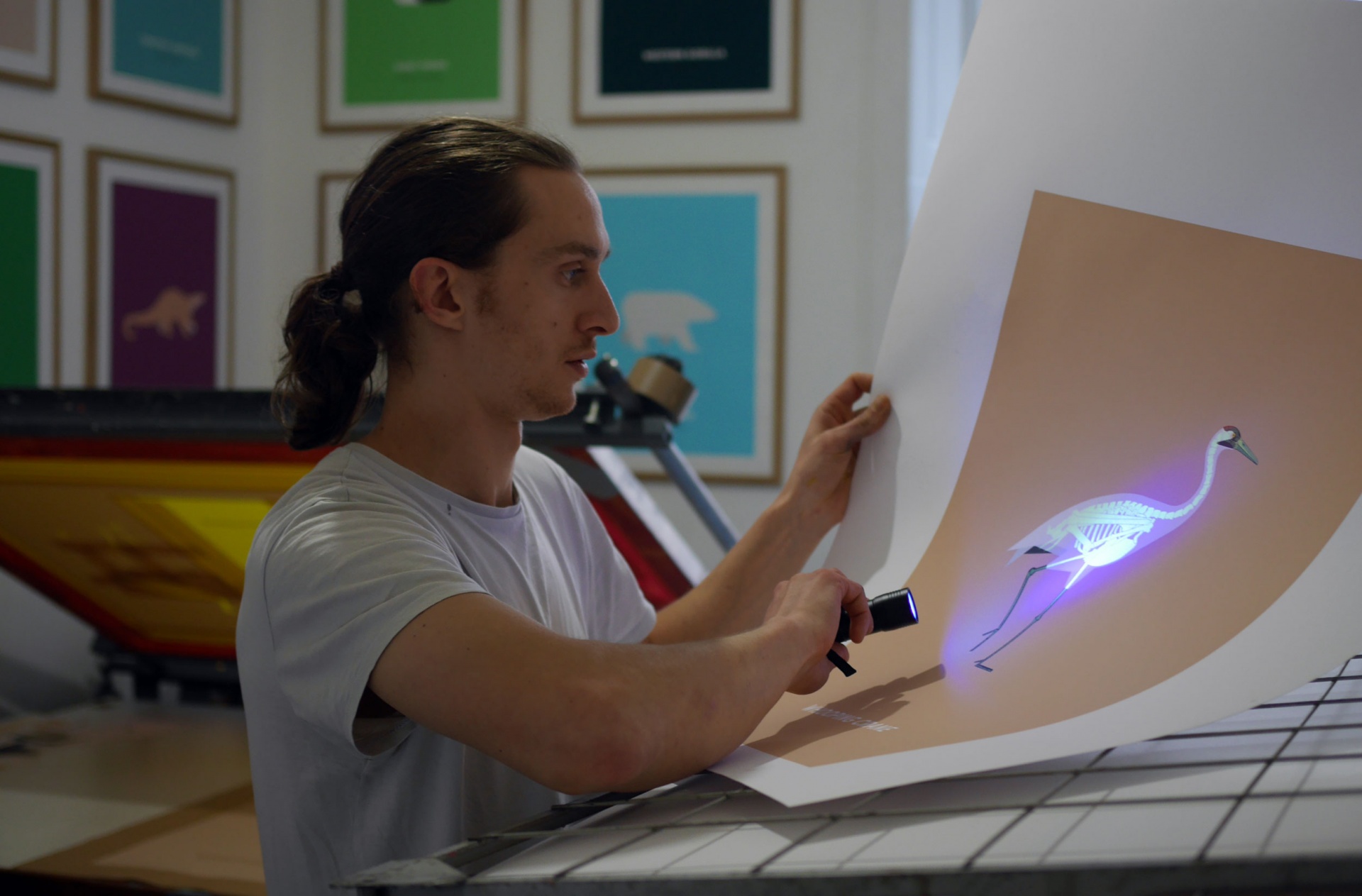

Incorporating subtle details would be key to showcasing the physical beauty of the whooping crane. The striking yellow pupil of the eye, the subtle nostril in the beak and a colour gradient on the red crown all help to create accurate portrayal of this tall, gangly wading bird.
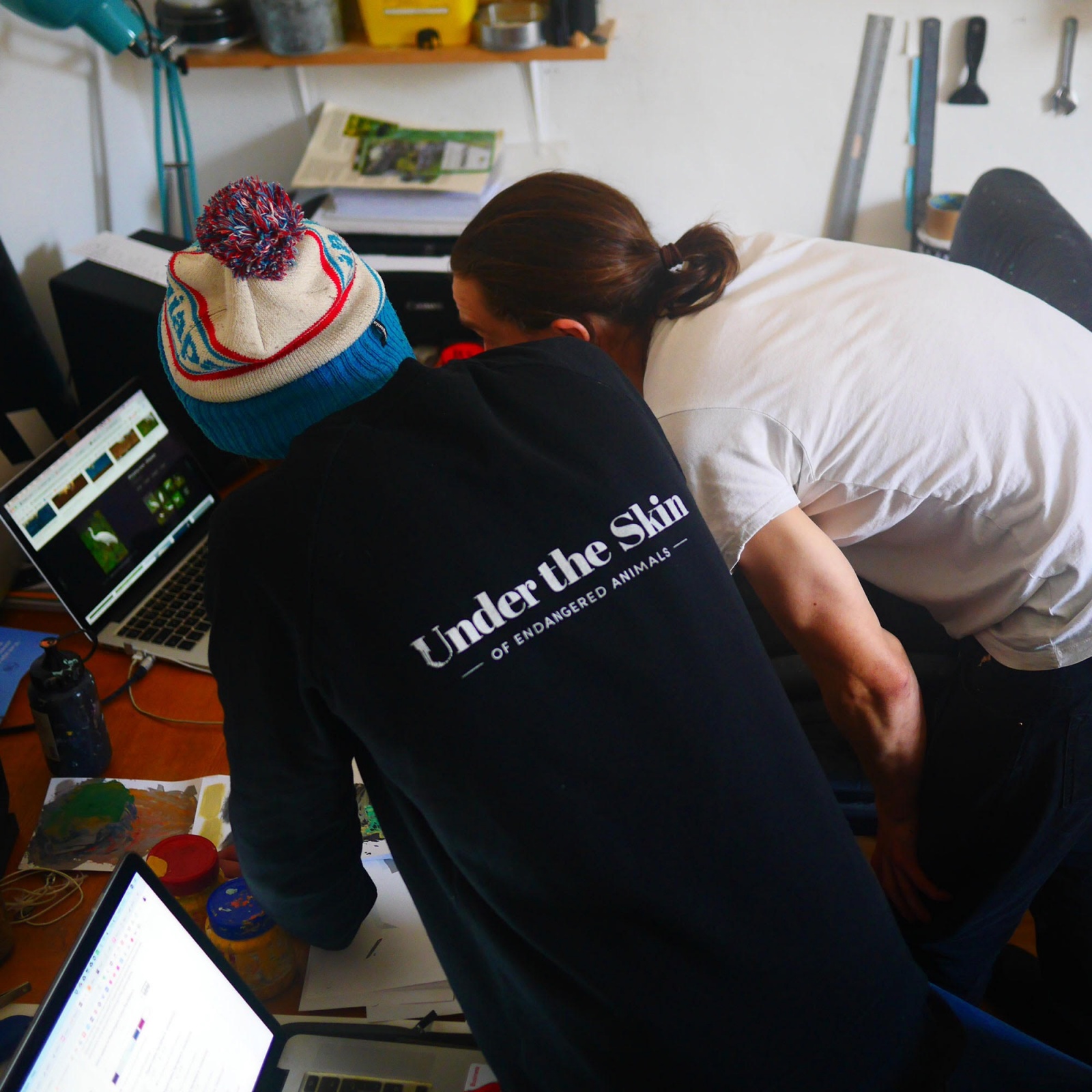
This print comprises of 14 layers, eight of which are in the head and printed within an area that’s just 30 mm wide. Any mistakes, even tiny ones, would be very noticeable. Misprinting one of these by even a millimetre would mean starting all over again.
This was a chance for me to put the last five years of my printmaking to the test.
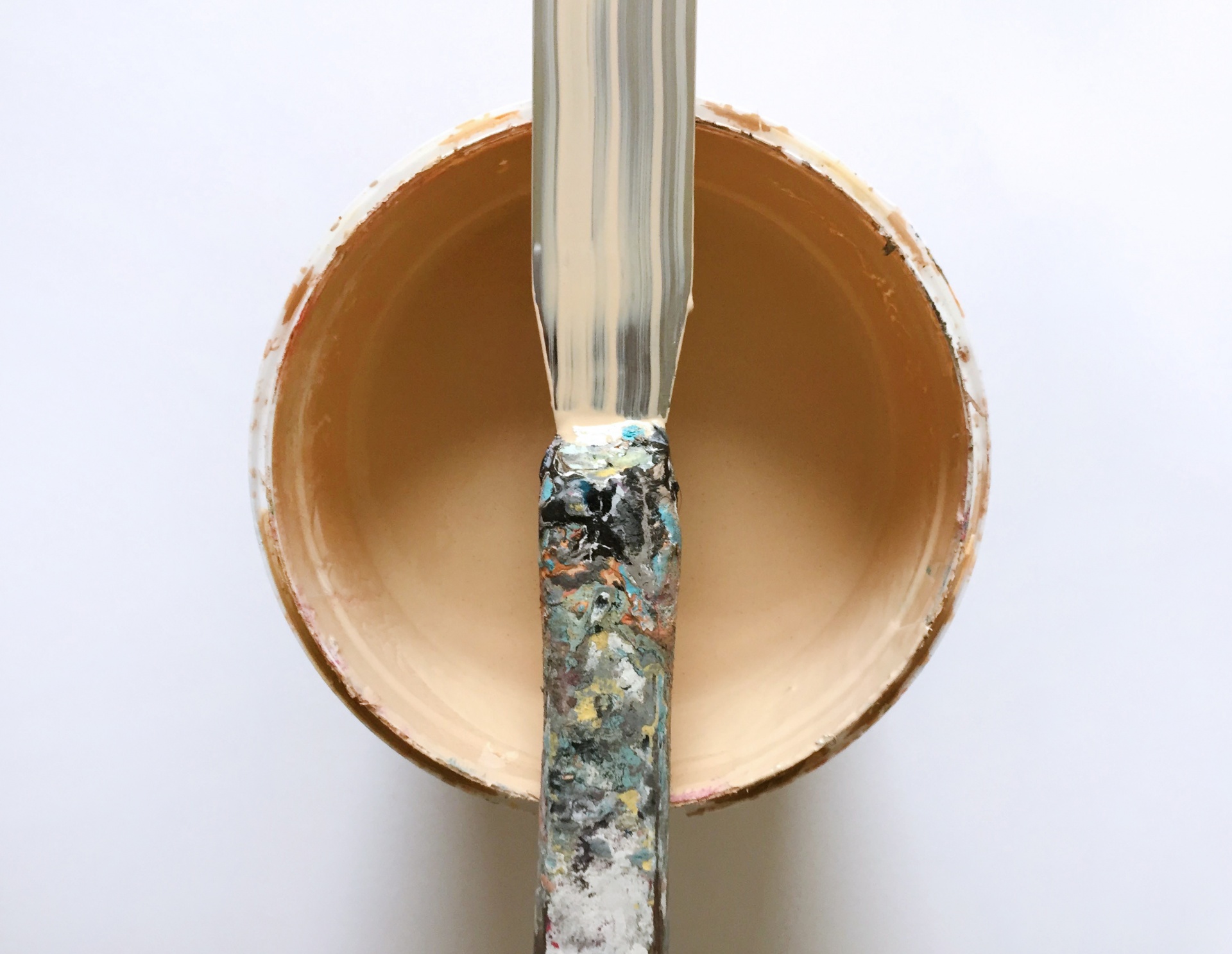
Before I can begin printing, I need to accurately colour-mix each ink that’s to be used within the artwork. Drop by drop, colour by colour, I go through the motions, mixing the inks for each individual shade.
I start with the first layer of ink, the background colour. It always starts with the background colour.
Finally I’m happy with the sandy, marshy brown we’ve decided upon, which contrasts nicely with the white of the crane’s body. That means it’s time to get printing!
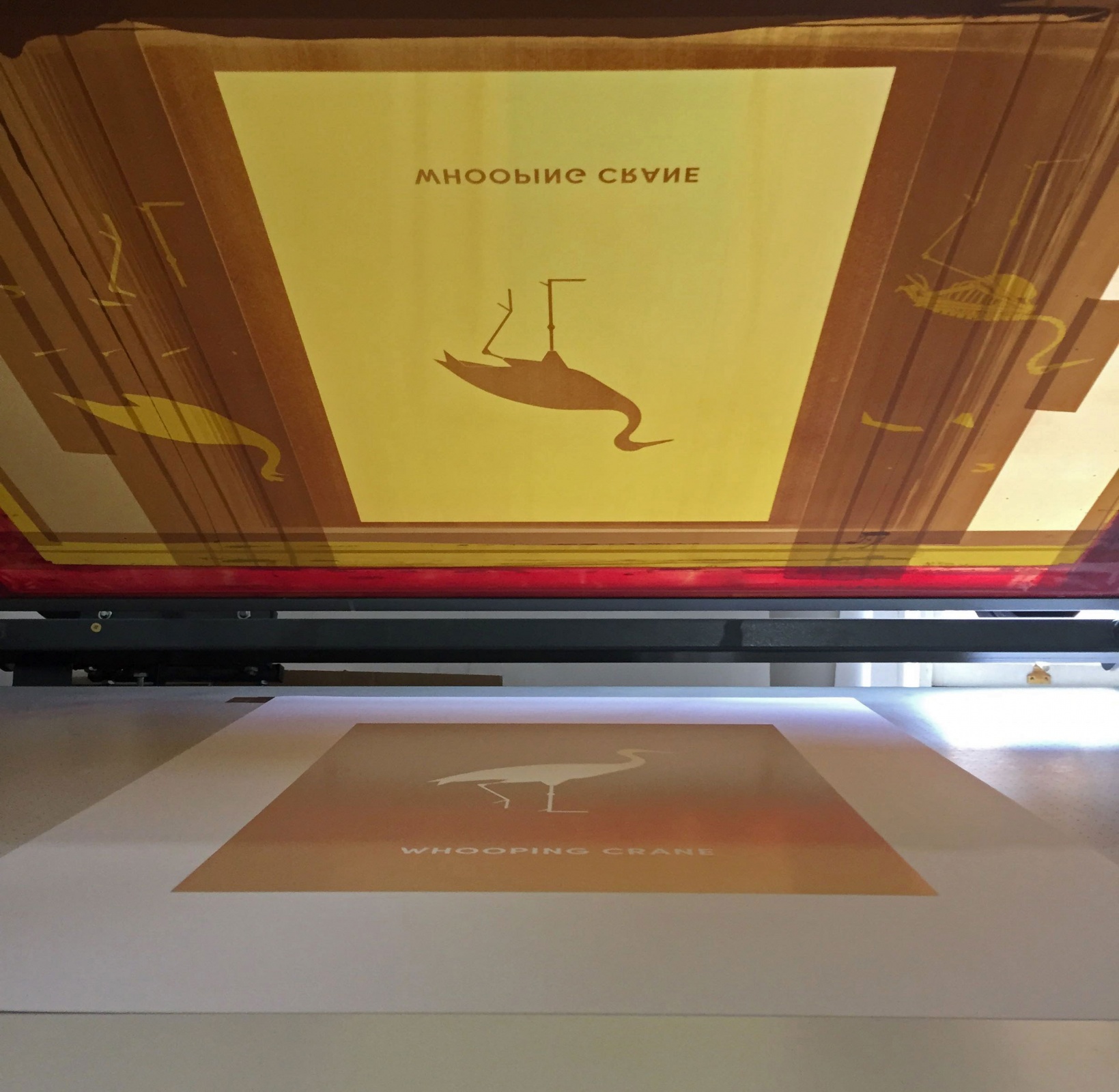
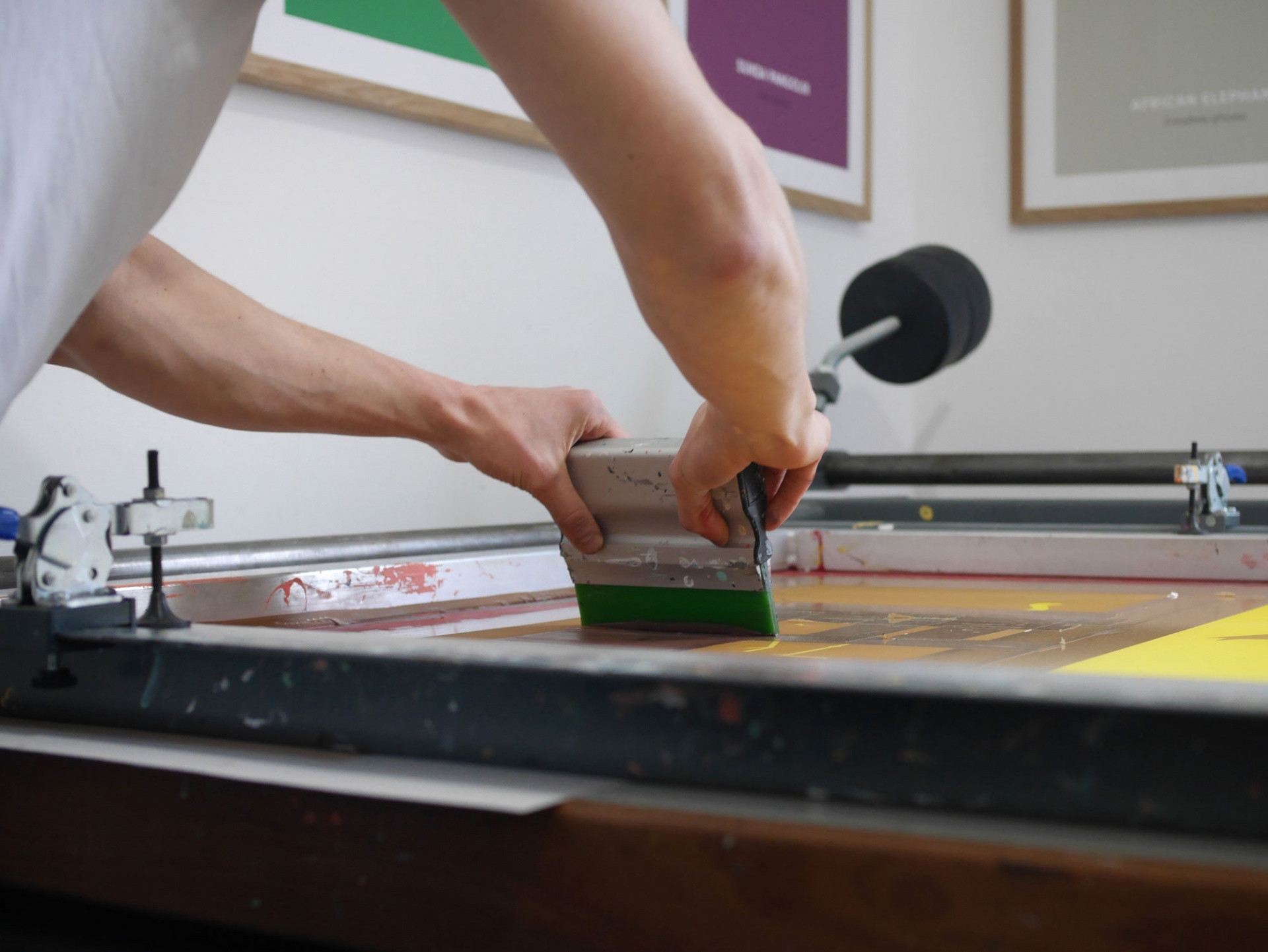
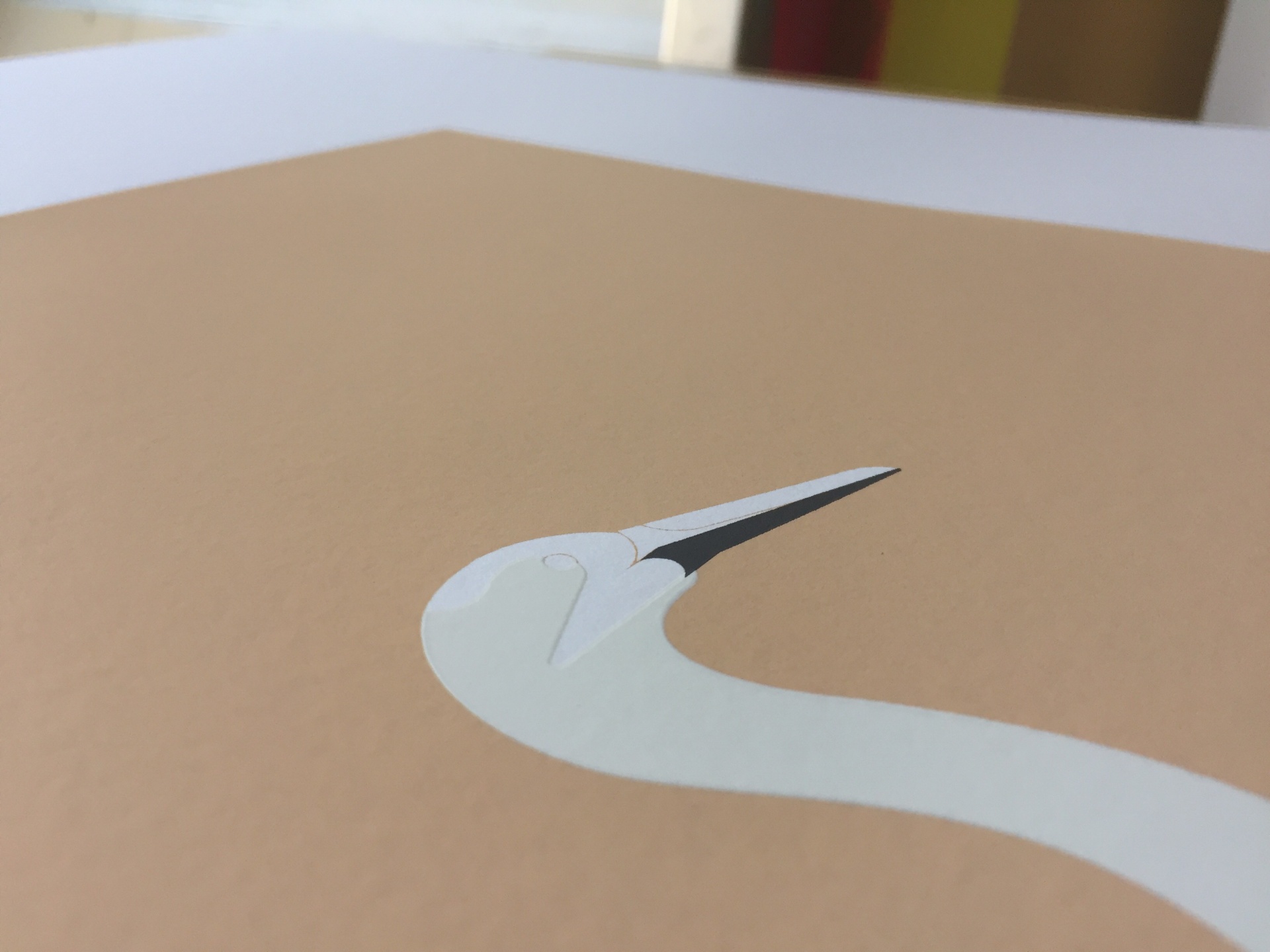
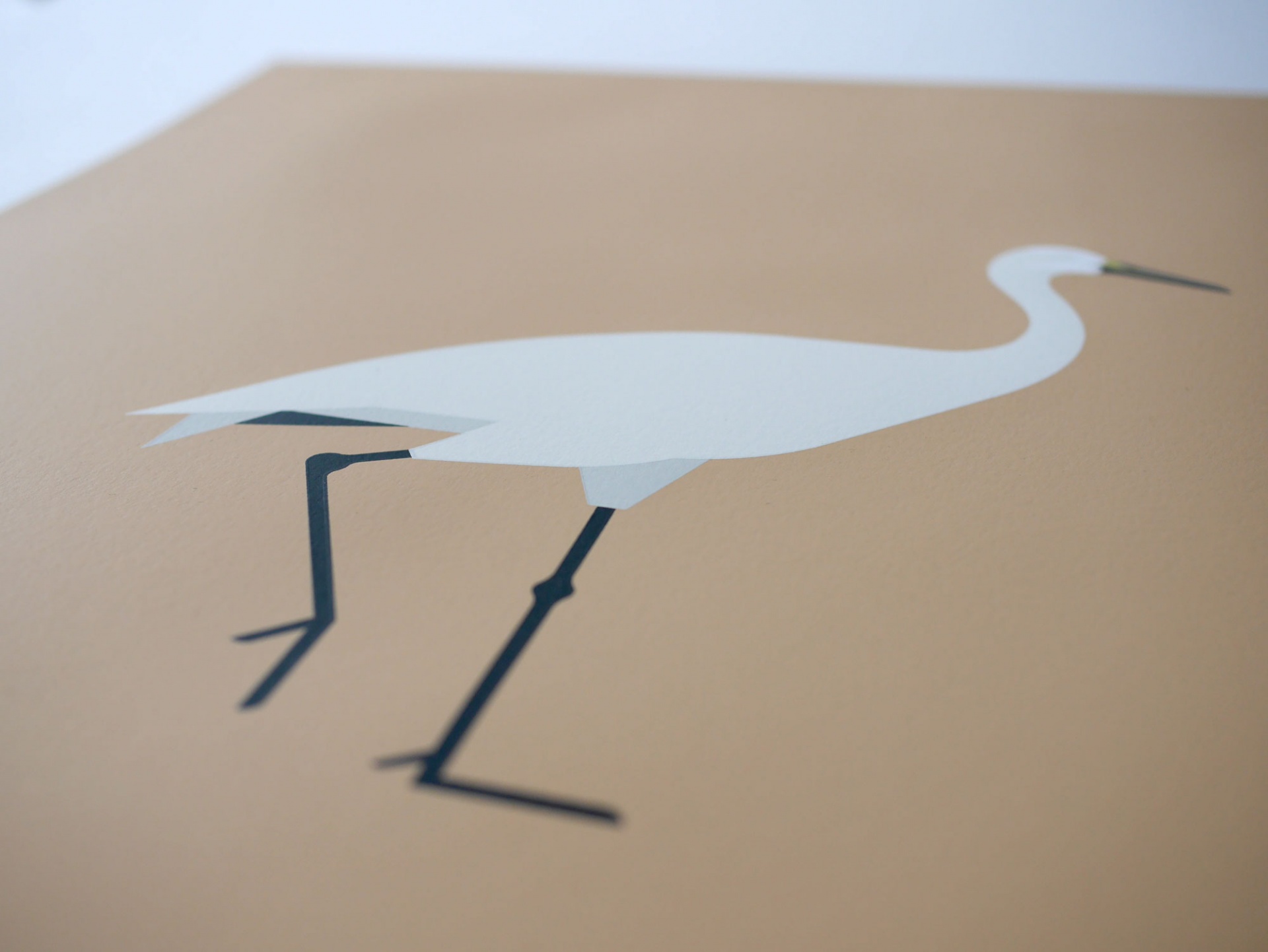
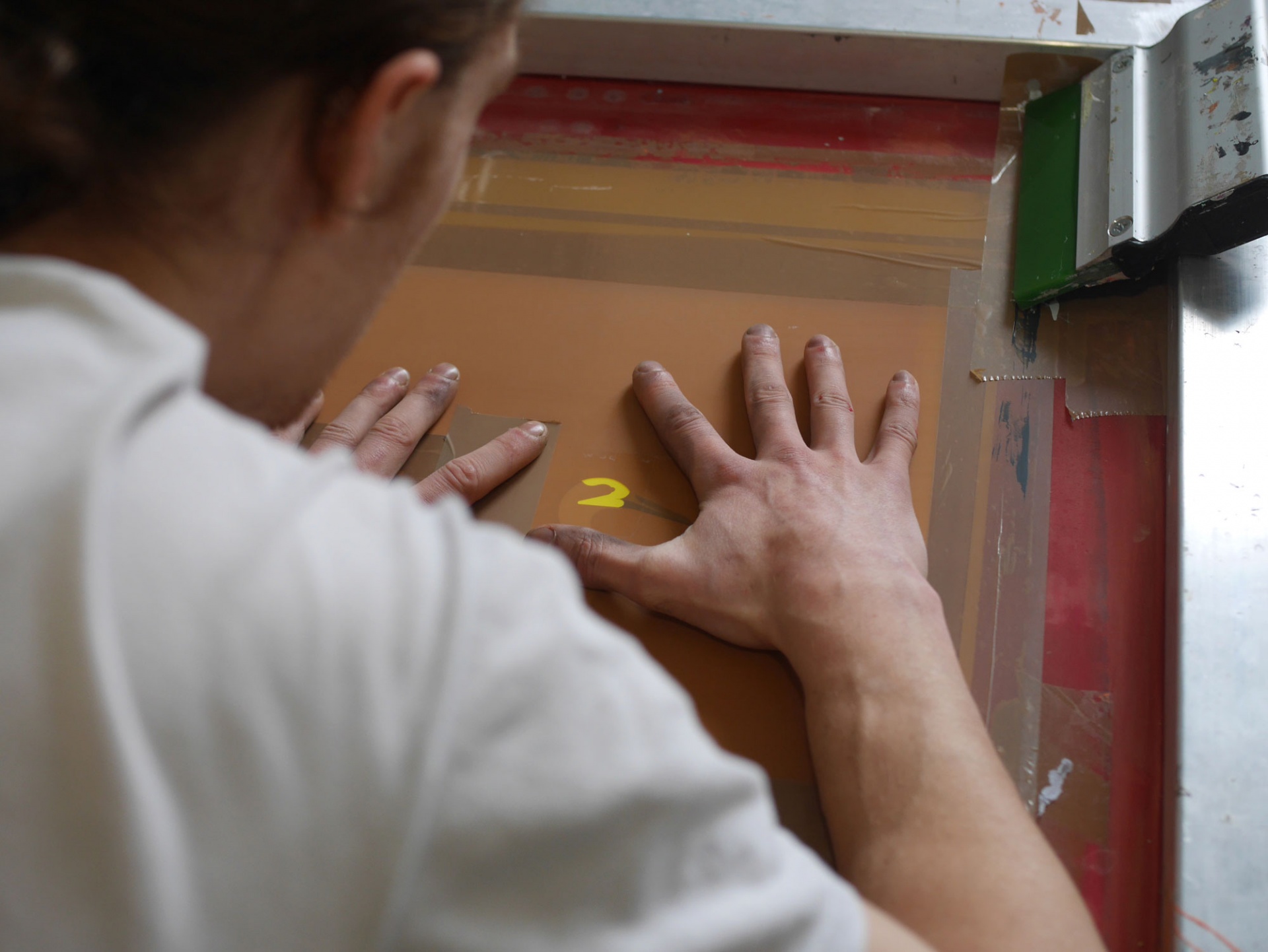
I strive for two things in my printing: perfection and consistency. These exacting standards create added sense of pressure when screen printing each animal. But it’s all part of the process, and that’s why I love it.
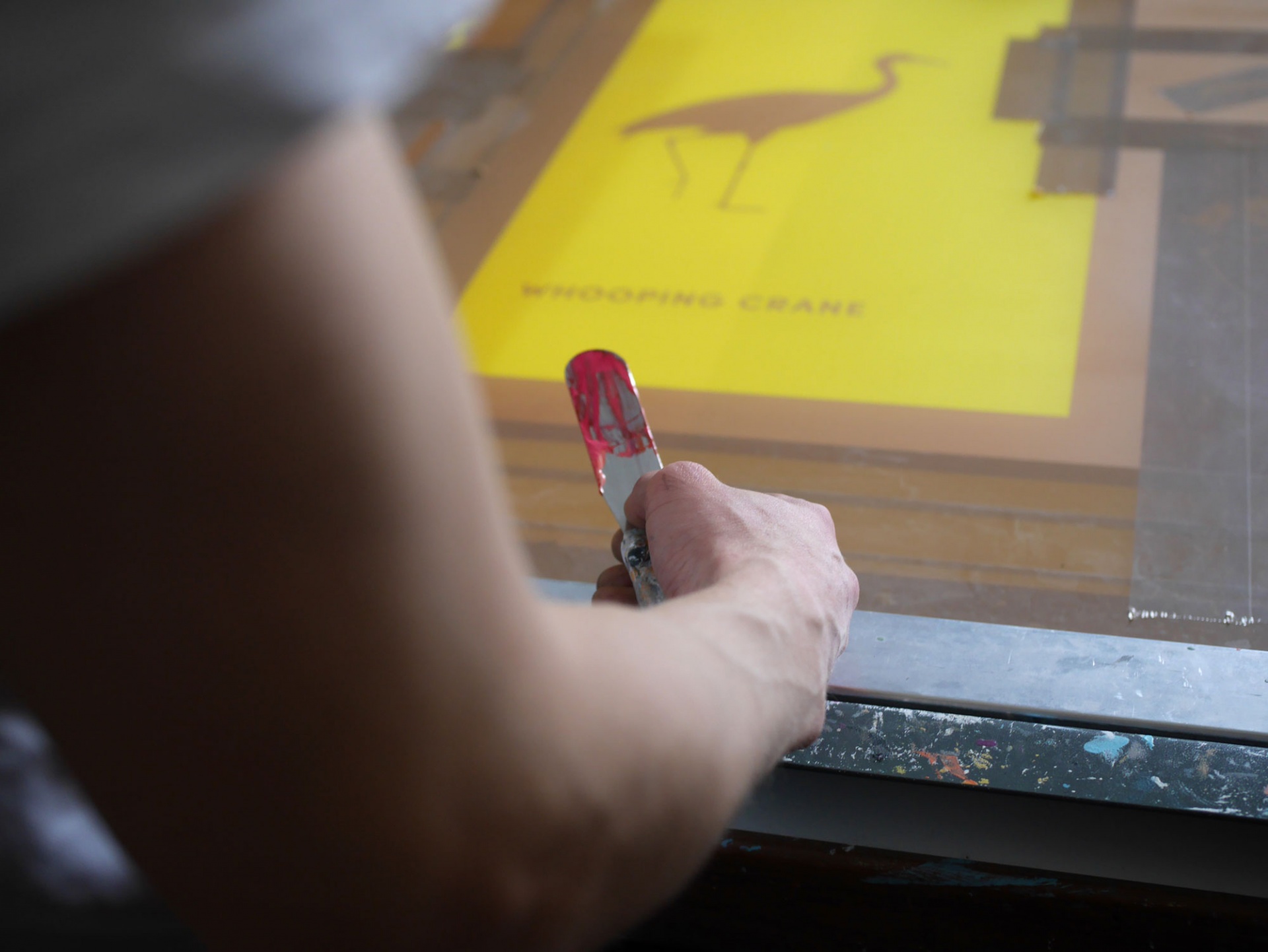
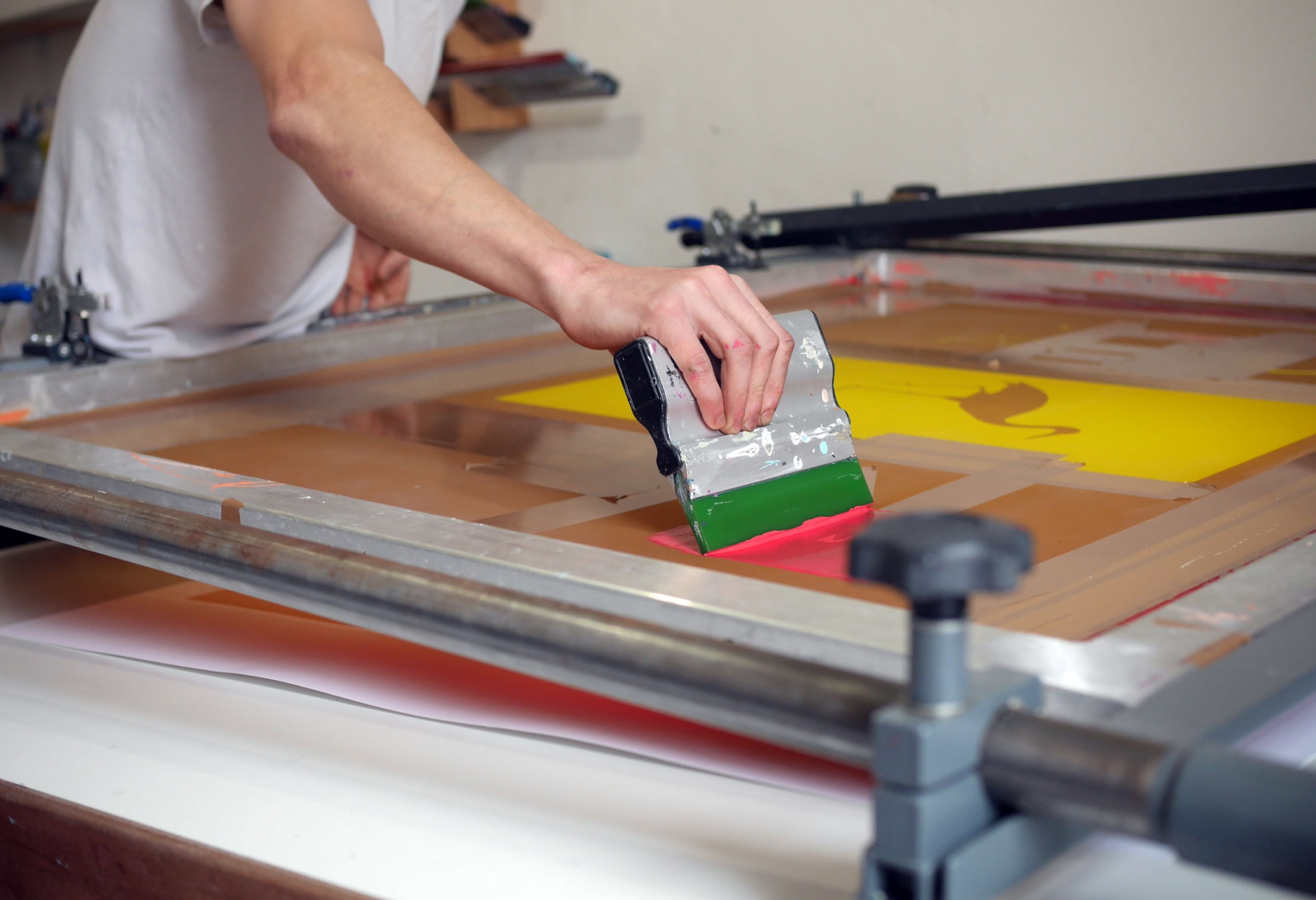
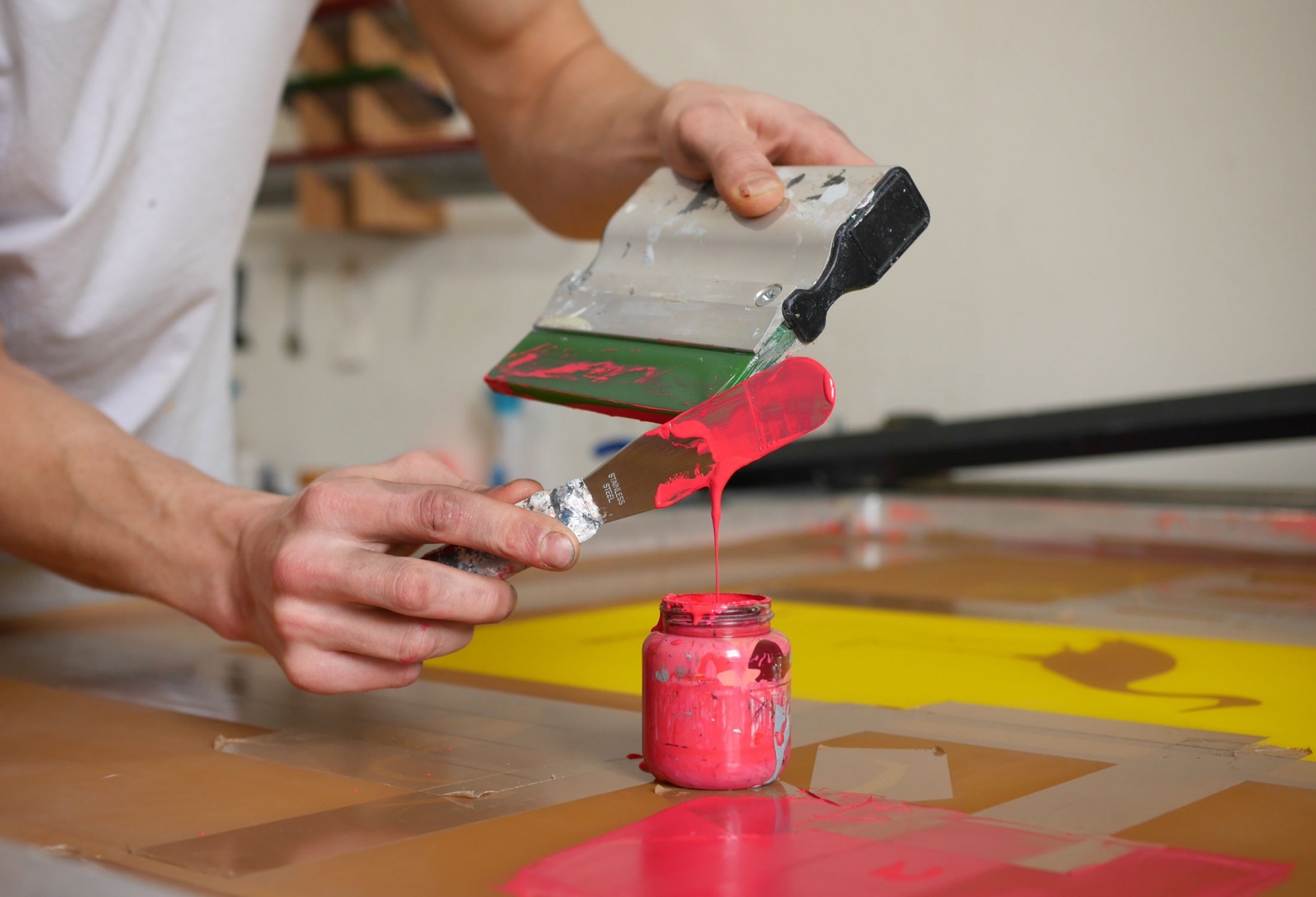
I rack up the prints as they go, leaving each colour to dry before cleaning up and moving onto the next layer. I aim to print more than enough to make an edition of 40 prints, to be consistent with every species in the Under The Skin series.
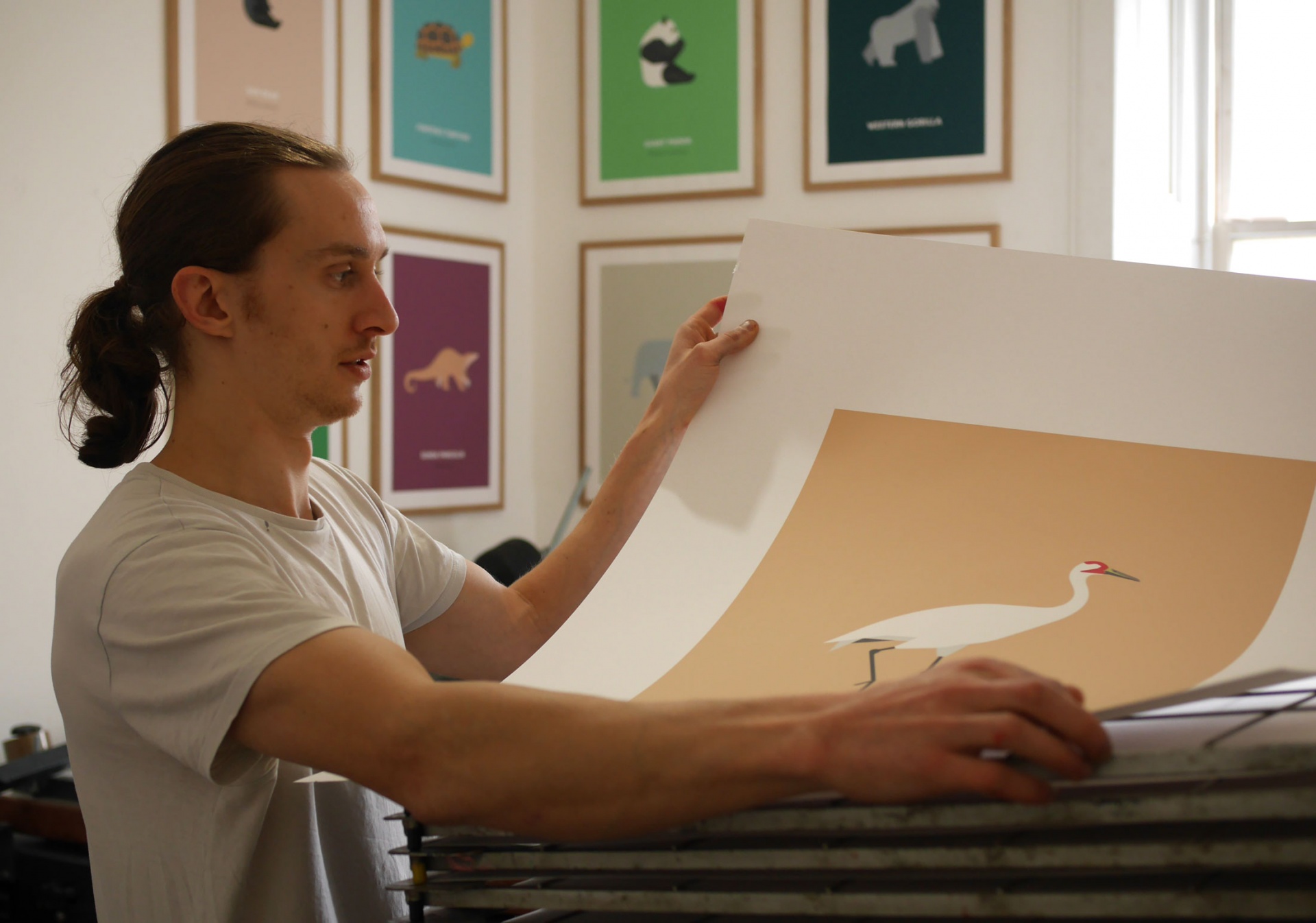
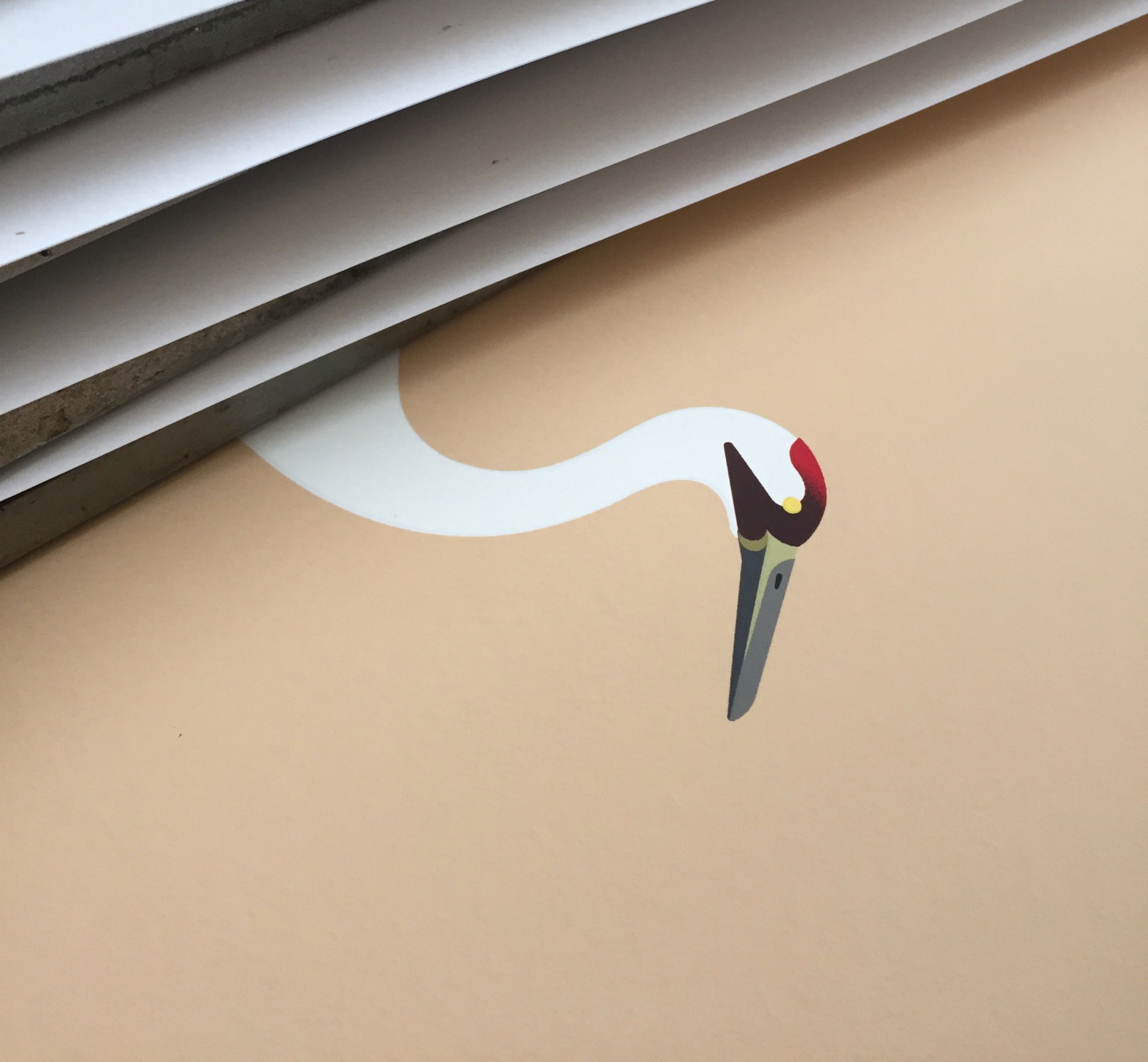
Our ultimate goal is to create unique, sustainable and meaningful artwork that will last for generations. And it all starts with the materials.
This limited edition artwork is screen printed on carbon-neutral Freelife paper, supplied to us by our kind sponsors at Fedrigoni and created in partnership with the World Land Trust.
We can confidently say this is one of the most high quality yet sustainable paper stocks available.
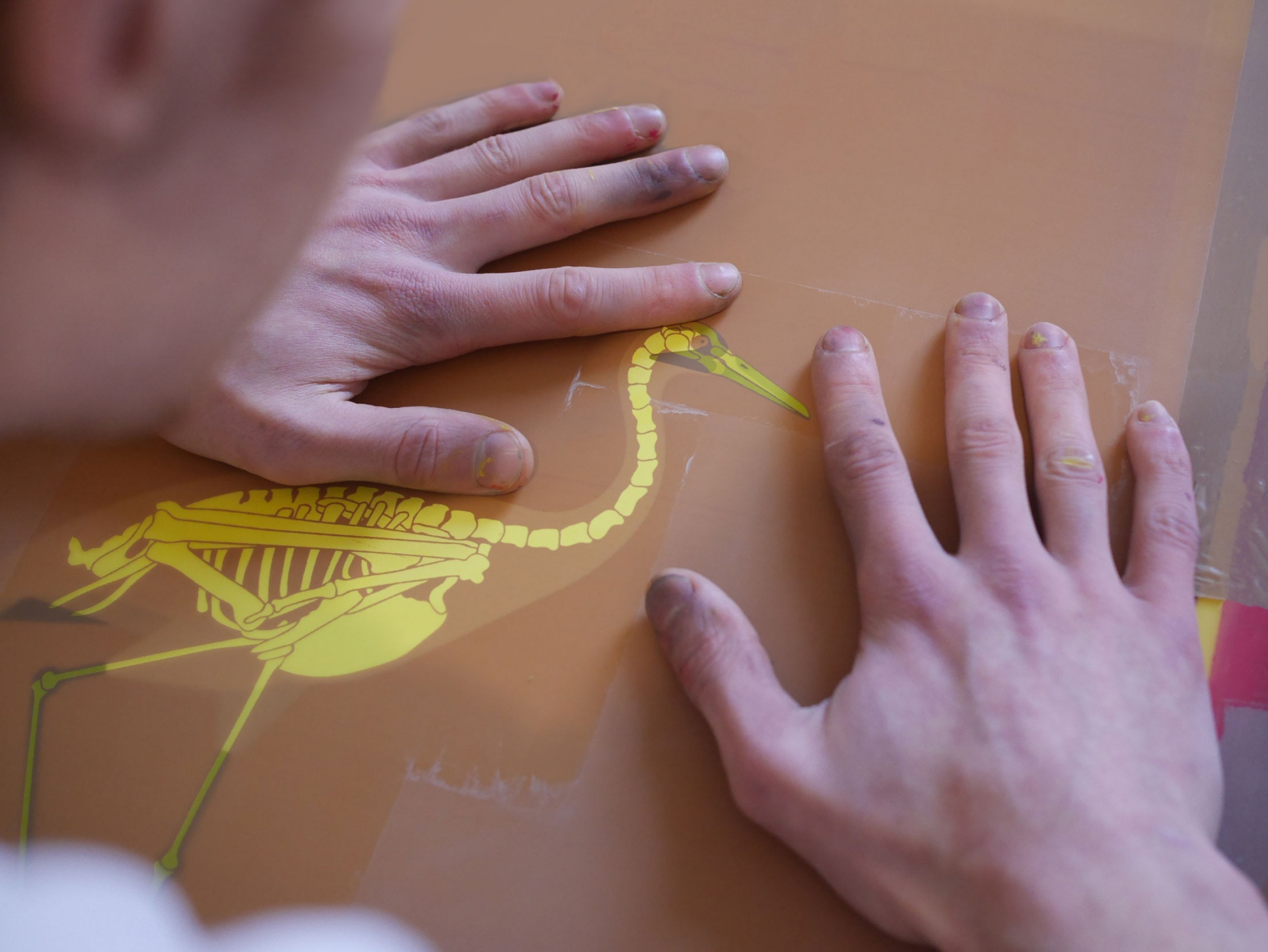
Like every print in our endangered animals series, the image reveals a phosphorescent skeleton when exposed to UV light, symbolising the ongoing threats that wild whooping cranes still face.
This subtle skeleton is always the final layer printed onto the artwork. I have to ensure perfect alignment for it to fit perfectly on top of the body of the species. Misprinting any of these skeletons means the whole screenprint is unable to make the limited edition of 40.
I couldn’t be happier with the result!

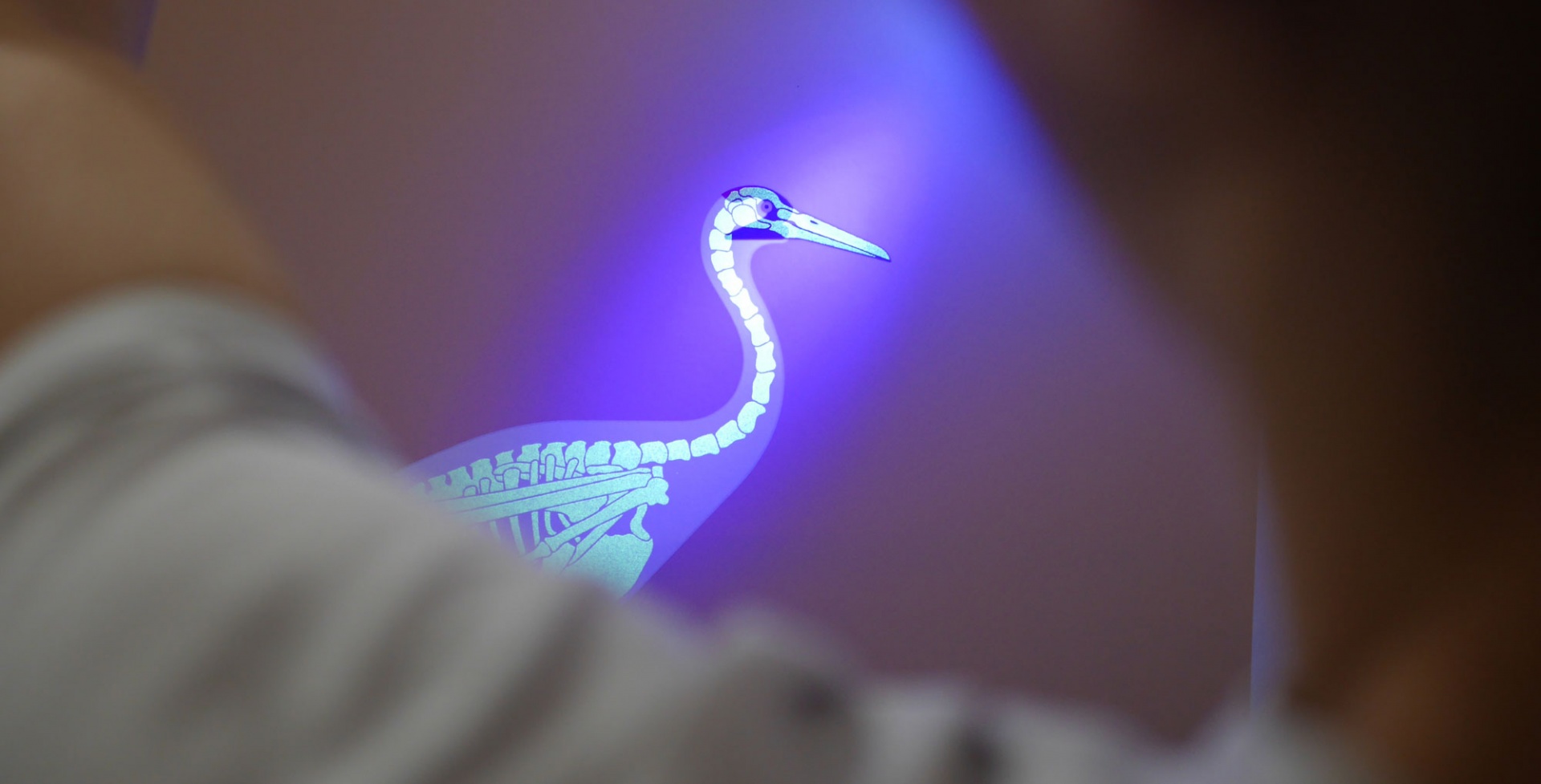
Once the whole run is complete, all that’s left to do is the finishing touches. Each print is hand numbered and embossed with our logo before being carefully wrapped in our signature hand-printed Animal Kingdom wrapping paper.
For every whooping crane print we sell, £53 will be donated to the International Crane Foundation. They’ll use the money to raise and release more whooping cranes into the wild, while playing a vital role in protecting the endangered birds and educating the public on their biological importance.
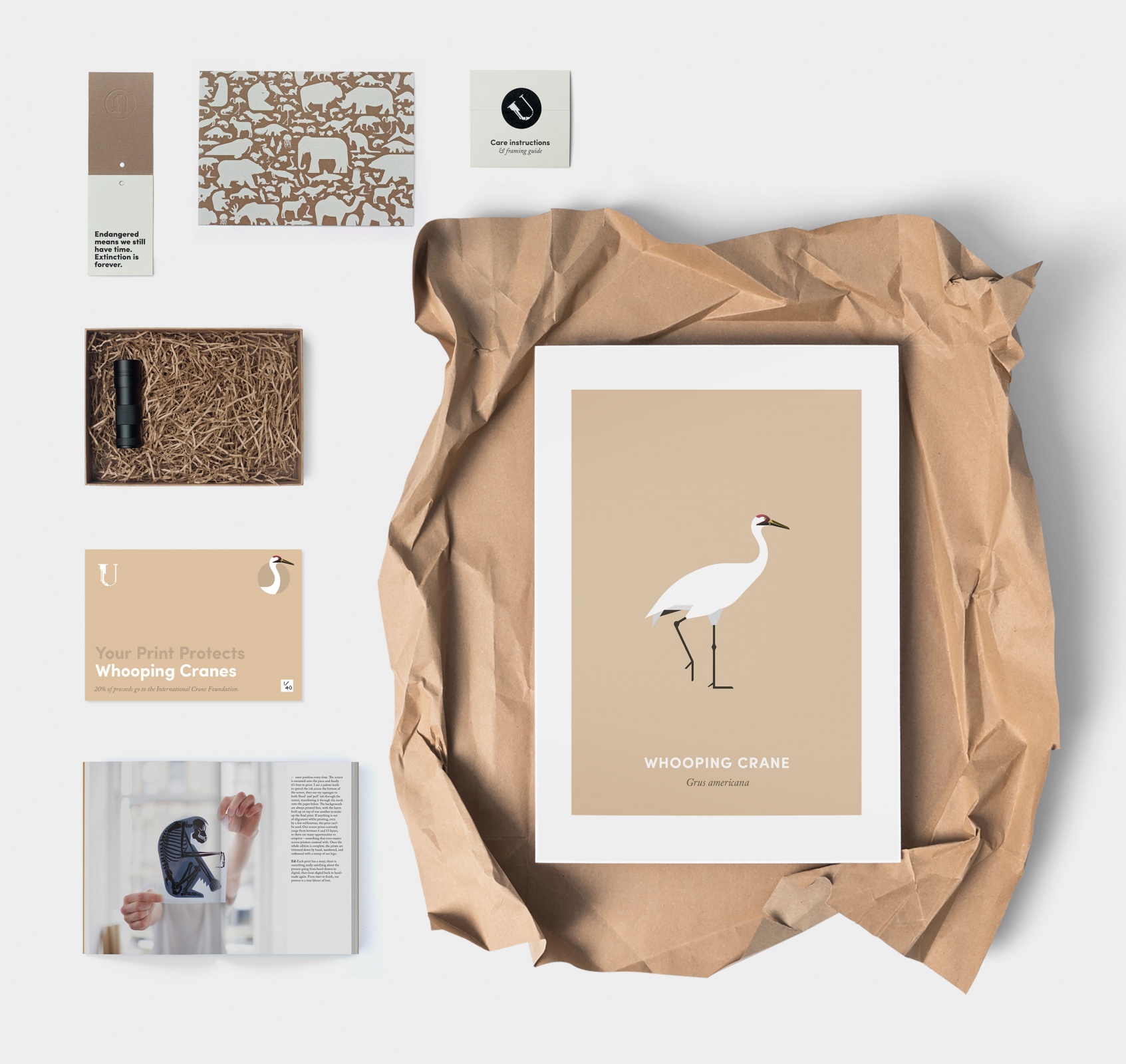
Under The Skin are proud to be partnering with the International Crane Foundation, a leader in whooping crane conservation who work worldwide to conserve cranes and the ecosystems, watersheds and flyways on which they depend.

Read more articles from our contributing authors and follow the project progress by signing up to the Under the Skin newsletter.